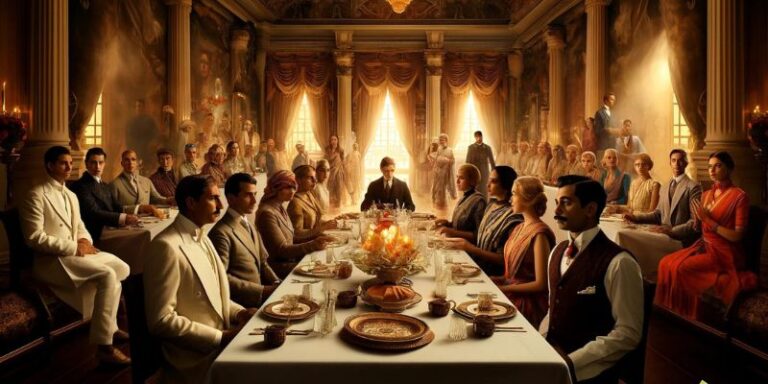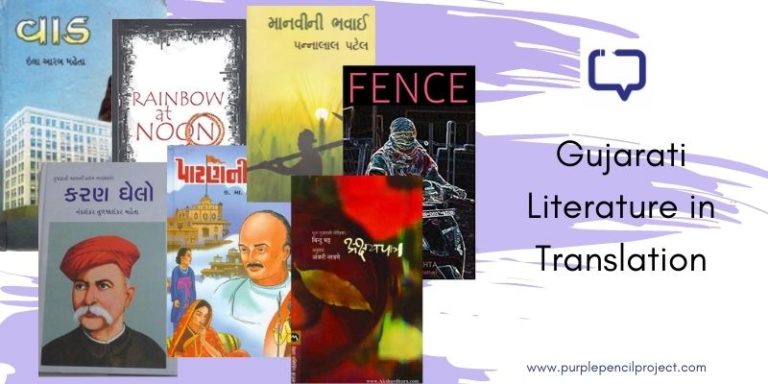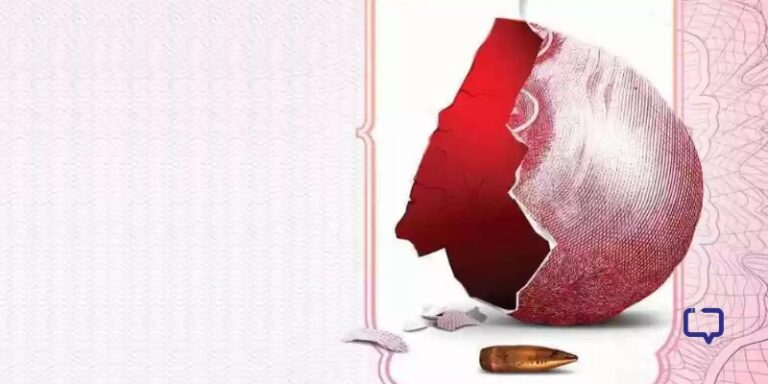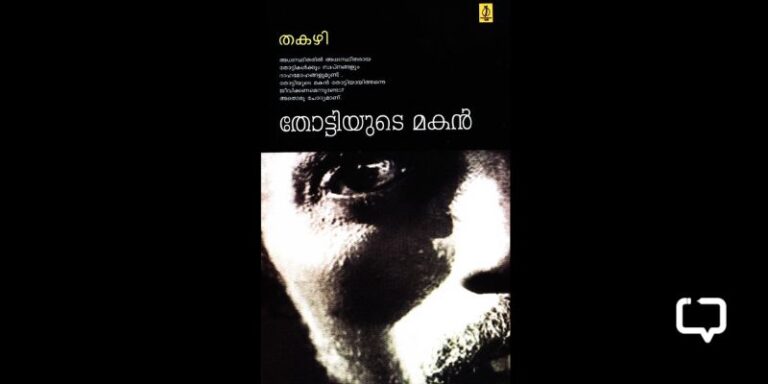Smashing the Patriarchy does what a guide to feminism should do; push you to question your own beliefs, your ideologies, and trace how critical theory evolves with time and finds its place in the 21st century.
Feminism began as a collective movement centred around legal issues like the right to vote or the right to divorce. In the hundred-plus years since, feminist ideology has evolved and changed and spawned new ideologies, dividing feminists into some lines and uniting them on others.
Smashing the Patriarchy: A Guide for the 21st-Century Indian Woman by Sindhu Rajasekaran is a nuanced, detailed depiction of the urban Indian feminist in modern society.
We encourage you to buy books from a local bookstore. If that is not possible, please use the links on the page and support us. Thank you.
What is Smashing the Patriarchy About?
Set across five chapters along with a detailed introduction, Smashing the Patriarchy revolves around the urban Indian feminist and the choices she makes in a postfeminist world. Each chapter ties into one critical aspect of feminism, beginning with Beauty, to Sex, Work, Femininity, and finally ending with a commentary on the paradox of Choice.
Rajasekaran posits that postfeminists exist outside the realm of traditional feminism and therefore undermine the patriarchy in their own way. Her book explains how women in a modern, (mostly) urban setting defy and obey our patriarchal society when it suits them. In this way, she argues that even obedience to patriarchy in certain situations acts as a feminist, empowering decision for the woman involved. After all, who can decide what’s an empowering decision except for the person making the decision?
Dissecting this guide to feminism
Smashing the Patriarchy really makes you think about your own values, and feminist ideals in the context of your privilege (or lack of) and your place in society. Not just a guide to feminism, it neatly dissects the problems of Indian feminism, namely the Savarna (upper caste) saviour complex and the lack of inclusivity of DBA (Dalit, Bahujan, Adivasi) women in leadership. Queer issues and the exclusion of the LGBT+ community also play a part in the book, looking at India’s complicated history with the community.
As a more, shall we say, traditional feminist (i.e, a feminist based on a collective, socialist idealogy) there were definitely parts of the book I disagreed with. However, I hesitate to label this personal, ideological disagreement as a con. It is simply that, a personal disagreement.
But a guide of any kind should do just that; push you to think critically, question your beliefs, and get acquainted with new perspectives. I was forced to confront ideals that I have held for most of my life, theories that I had taken as the gospel truth, and realise that those ideals and values may only be the absolute truth to me. For another woman, in another situation, those same ideals I held may be more of a hindrance than the empowerment I envisioned them to be.
Best Quotes
“Beauty and fashion were always a part of performing gender in India, but we’ve suddenly decided that the thinking woman cannot want these things.”
Why you should read this guide to feminism
Smashing the Patriarchy is a thought-provoking and insightful read. In her efforts to make a nuanced, accurate, and critical account of modern Indian feminism, Rajasekaran has gone above and beyond and delivered the mother of all guides to feminism. For a truly Indian-focused narrative on feminism, I would definitely recommend this book, not just for women but all Indians.






















